Support Us
Since 1979 more than 140,000 animals have been treated by Wildlife Rescue.
Thanks to the support of individuals like you, Wildlife Rescue can provide a lifeline for animals in distress.
Easter is an exciting time for the re-emergence of plants and wildlife, including the arrival of baby birds.
With more babies comes more danger. Momma birds work hard to keep their babies safe, but living in an urban environment brings a lot of challenges. That is why Spring and Summer is the busiest time at Wildlife Rescue. Every year we admit thousands of nestlings and fledglings in need!
Different species have different methods of keeping their eggs safe. Birds like Bushtits build pendant nests – elaborately woven sacks that dangle from branches, giving the baby birds in the nest great protection from predators. Conversely, some birds aren’t that good at making nests. A nest made by a Pigeons could easily be mistaken for a few misplaced sticks and straw!
During Spring, it’s important to be on the look-out for baby birds and their nests and to avoid disturbing them!
Guess the species these eggs came from!
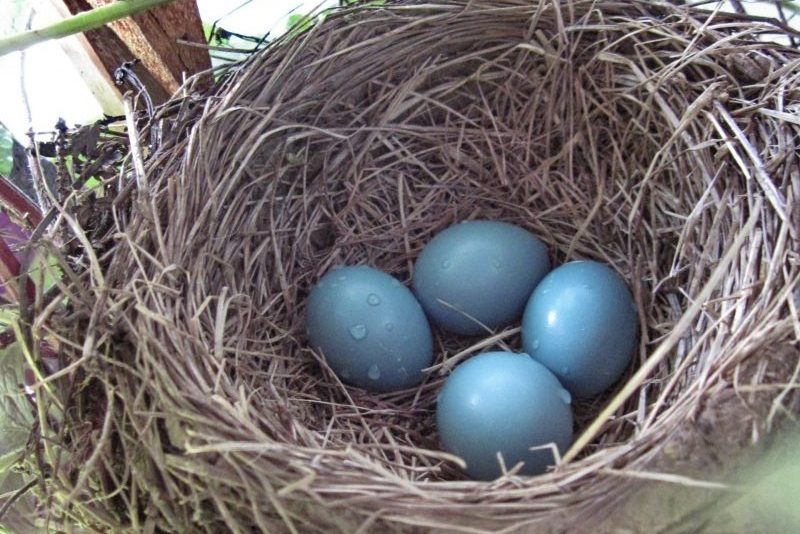 Easter Eggs #1 Hint: These beautiful little blue eggs inspired a colour name! The colouring comes from pigments within the mother’s blood! Talk about putting in blood, sweat and tears into raising your young!
Easter Eggs #1 Hint: These beautiful little blue eggs inspired a colour name! The colouring comes from pigments within the mother’s blood! Talk about putting in blood, sweat and tears into raising your young!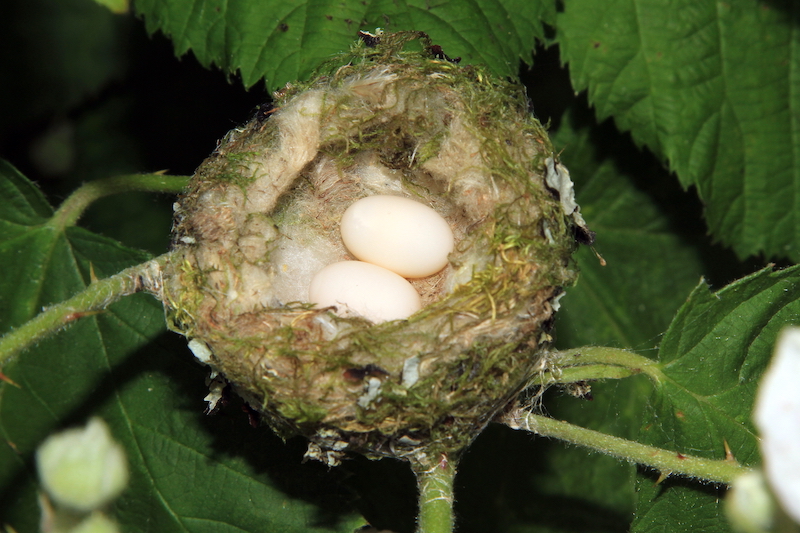 Easter Eggs #2 Hint: This species typically lays two eggs which are about the size of navy beans! They are laid in a soft nest made from plant down and spider webs.
Easter Eggs #2 Hint: This species typically lays two eggs which are about the size of navy beans! They are laid in a soft nest made from plant down and spider webs.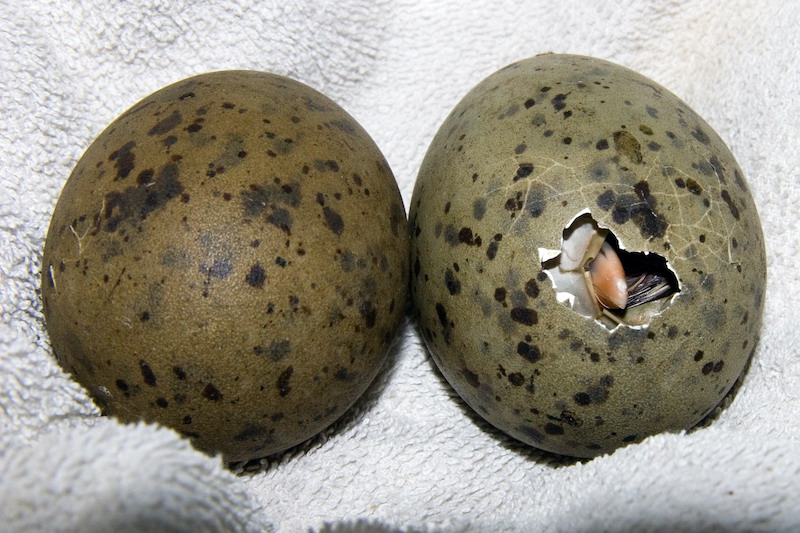 Easter Eggs #3 Hint: These speckled eggs provide great camouflage against the environment of the nest. These chicks are born with their eyes open and are capable of leaving the nest soon after hatching!
Easter Eggs #3 Hint: These speckled eggs provide great camouflage against the environment of the nest. These chicks are born with their eyes open and are capable of leaving the nest soon after hatching! Easter Eggs #4 Hint: These eggs are laid in large nests, typically in wetlands. Once hatched, the offspring will stay with its parents all through the winter, only separating the following spring!
Easter Eggs #4 Hint: These eggs are laid in large nests, typically in wetlands. Once hatched, the offspring will stay with its parents all through the winter, only separating the following spring!.
.
.
.
.
.
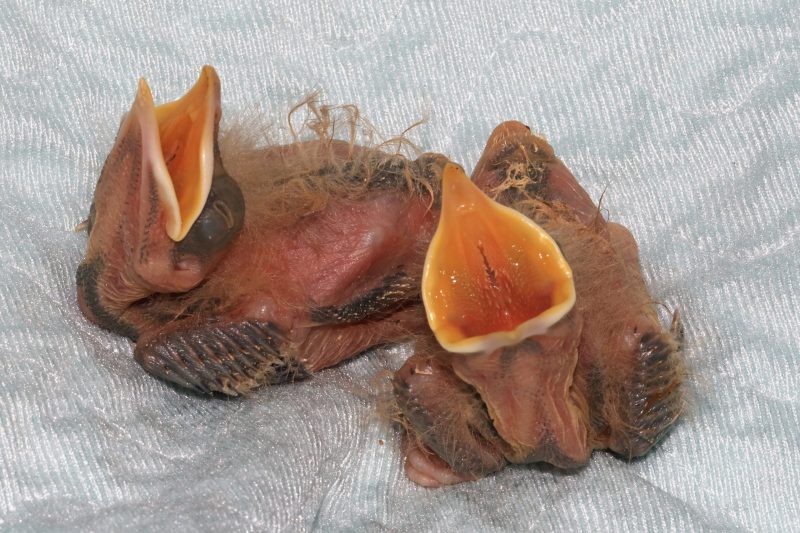 Easter Eggs #1 Answer: American Robins!
Easter Eggs #1 Answer: American Robins! Easter Eggs #2 Answer: Hummingbirds!
Easter Eggs #2 Answer: Hummingbirds!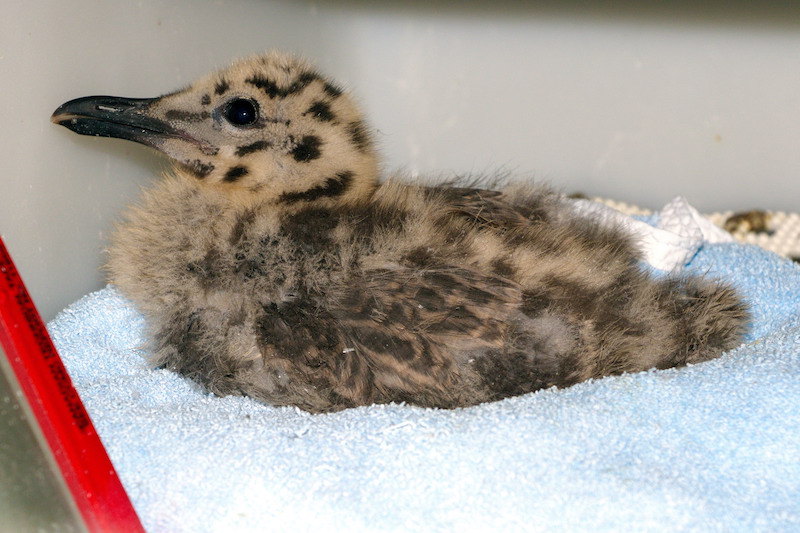 Easter Eggs #3 Answer: Gulls!
Easter Eggs #3 Answer: Gulls! Easter Eggs #4 Answer: Sandhill Cranes!
Easter Eggs #4 Answer: Sandhill Cranes!Spring and summer are a delicate time of year for ground-nesting birds like the Dark-eyed Junco, Hermit Thrushes, Sparrows, and Killdeer to name a few. One of the most common and easily forgotten human disturbances during spring is lawn mowing, which unknowingly harms wildlife, particularly ground-nesters!
Every year from around mid-March to late August, the lower mainland is filled with birds finding habitats, constructing nests, and nesting. For birds, their mating season is extremely important – after all, this is the period in which they lay eggs and watch their kids grow up!
Canada Geese mate for life and will return to the same location to nest year after year. The lack of available natural nesting sites has resulted in Canada Geese nesting on rooftops, even in busy urban environments. Here are some commonly asked questions regarding Canada Goose nesting season.
Every year, Wildlife Rescue provides care to hundreds of wildlife impacted by glue traps and flypaper. These inhumane methods to prevent unwanted guests inside and outside our homes causes horrific injuries and sometimes death to vulnerable wildlife.
Bats can live in a variety of habitats including deserts, woodlands, caves, suburban communities, and cities. Because they are nocturnal, they hunt at night and roost during the day. Bats play an important role in our environment directly and behind-the-scenes. Bats help pollinate plants and at night they act as “pest control agents” eating thousands of mosquitoes and other insects in an hour.
Wildlife Rescue is currently admitting record-breaking numbers of Pine Siskins showing symptoms of Salmonella infection. Here are some commonly asked questions regarding this outbreak answered!
It is an irruptive year for Pine Siskins! Each Winter, these nomadic finches range widely and erratically across North America, their migrations heavily food driven. These past few months, dense flocks of siskins have been seen across the Pacific Northwest. It is believed that the staggering numbers of Pine Siskins are due to a shortage of food in the northern range of siskins in Canada’s boreal forest.
This time of year, wildlife needs your help more than ever. Whether it is because they are late migrators, cold winter snaps, or they just do not have enough body fat to stay warm.
We can do our part and help winter wildlife thrive in the winter months!
While the nights get longer and the weather gets colder, bats seek out places to hibernate. Bats may seek out abandoned mines, caves, and other shelters like peoples’ homes, barns, and garages.
While having a bat sharing the same space with you may seem a little scary, bats seek the shelter of your spaces, for survival. Micro species of bats, like Little Brown Bats, are vulnerable to predators that do not hibernate, like raccoons and owls.